The core quadrant model is a powerful tool developed by Daniel Ofman. It offers valuable insight into human behaviour and helps explain why we sometimes react so strongly to others in our personal and professional lives. It’s also a great tool for understanding what we need to do more of to strengthen our emotional maturity and become a more balanced person and leader.
We start in the top left-hand corner of the matrix, where it says Core Quality. Everyone is born with a number of core qualities, like determination, open mindedness or orientation to detail. These core qualities are real assets to us and it’s important that we make the best use of them.
What are some of your own core qualities? Think about what you’re naturally very good at, and always have been. What kind of feedback do you get from people around you? They may say things like “you’re always so organised” or “you’re always so calm”.
Pitfall
Surprisingly, more of a good thing isn’t always better! When we over-use a strength or a core quality it becomes a weakness. That can happen when we are too much of something. We are over-determined or too detail-oriented. We go into over-drive and misuse our quality. This is our Pitfall, depicted in the top right-hand quadrant.
Let’s assume that your core quality is being determined. This is a great quality to have. You are determined that you will serve your customer, produce a quality product and that the team will deliver. In times of elevated pressure however, you may go into overdrive and get so determined that you become unpleasantly pushy. This is your pitfall and a danger area that you must avoid. Being overly pushy will not help you create the right environment or generate results. On the contrary: you might end up alienating or exploiting the team.
To avoid your pitfall and overusing your strength, you have to focus on your challenge. Your challenge, which is depicted in the bottom right-hand quadrant, is the exact opposite of your pitfall. If your pitfall is being pushy, then your challenge is being patient. If you can be patient at the same time as you are determined it will make you a more mature and complete person.
The idea is not to take away from your core quality and make you less determined. The idea is to add more patience to the mix so that there is balance between your core quality and your challenge. It’s about both/and, rather than either/or. In this example, we could say that you need to become patiently determined.
Allergy
What’s interesting is that too much of your challenge is likely to trigger an allergic reaction in you. When someone is too patient, they can become passive which is your allergy. Your allergy is the opposite of your core quality. You may get angry and overreact when you come across people who you perceive as passive. It’s also possible that you find it difficult to display more patience because you are afraid of becoming too passive.
But your challenge and your allergy are not the same thing. As long as you confuse your challenge (patient) with your allergy (passive) your challenge will remain unattainable.
It’s thought-provoking that you can learn the most from people who you are the most allergic to. That’s because they have too much of something you are lacking. When you react strongly to a team member or a stakeholder, it often says more about you than them. A team member may be quite relaxed about a task that needs to be completed, but in your mind they are passive and non-caring, which makes you more stressed and pushy. Not a good reaction. The team member might actually be on top of the task, but provokes a reaction from you because their approach is different to yours.
All you need to do in that situation is to relax for a moment. Take a slow deep breath and ask yourself: What is happening right now? With that awareness you will be less caught up in your habitual patterns and more likely to respond in a new way.
Another curious insight from this model is that the core quality of your life partner or best friend is likely to be your challenge. Opposites attract! But that also means that you may be married to your allergy! What a great opportunity to work on yourself and expand your emotional maturity.
What does your core quadrant look like?
To dive deeper, create your own core quadrant:
- What is a core quality of yours? Something you are inherently good at and that people complement you for?
- What happens when you over-use that quality? What is your pitfall and in which situations does it tend to show itself?
- The opposite of your pitfall is your challenge. This is a positive quality that you need more of to balance your strength. What is your challenge and how can you pay more attention to it?
- Finally, the extreme version of your challenge is your allergy. What does your allergy look like and in which project situations are you confronted with it? How can you stop confusing your challenge with your allergy?
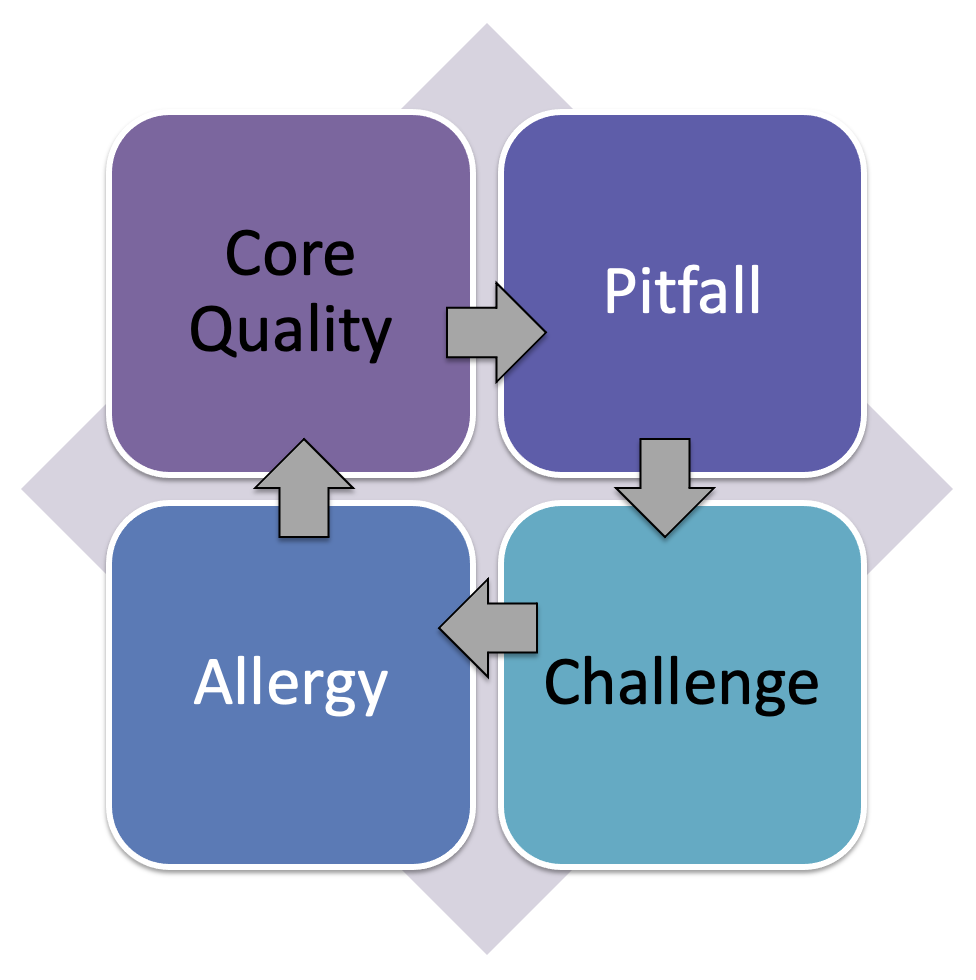
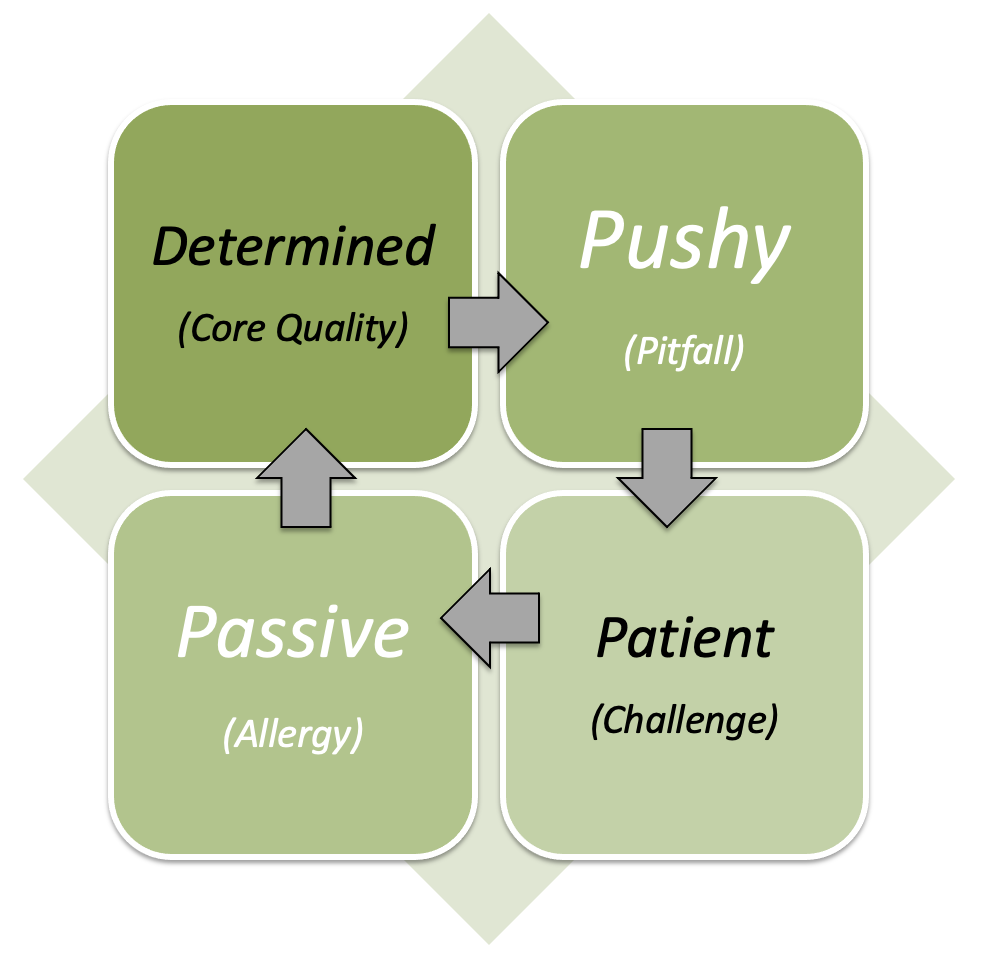




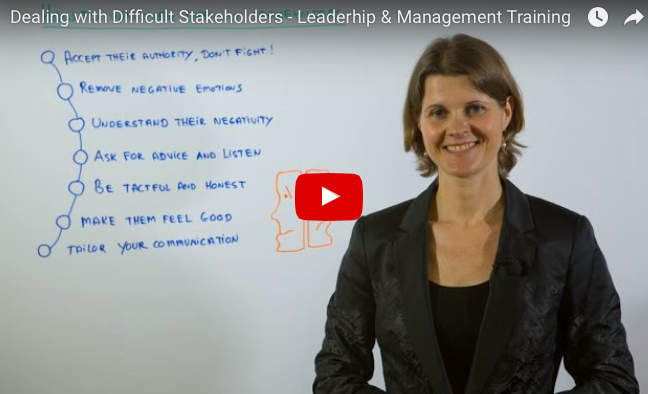

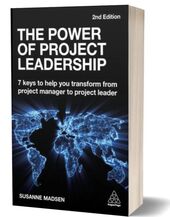
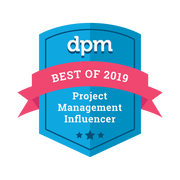
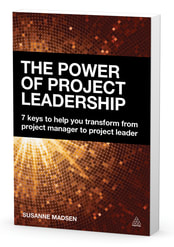
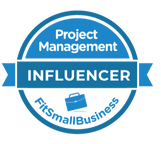

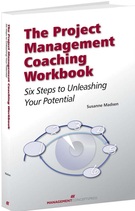

 RSS Feed
RSS Feed